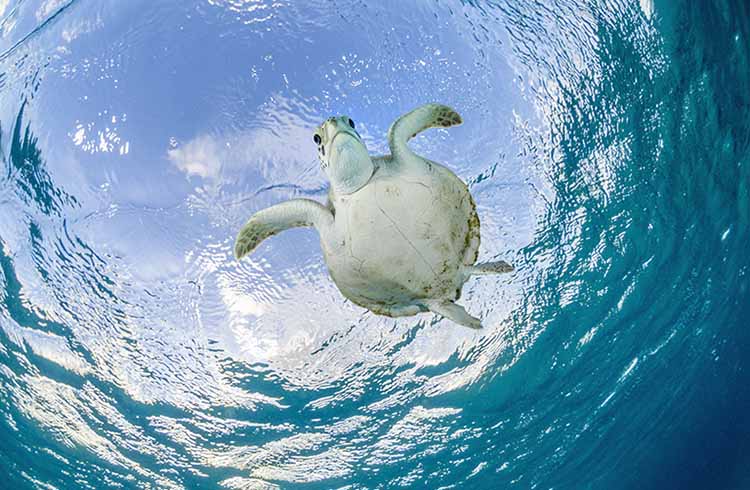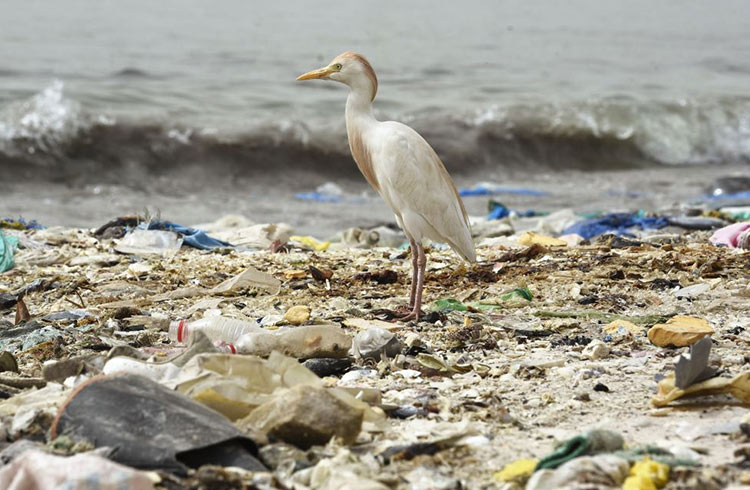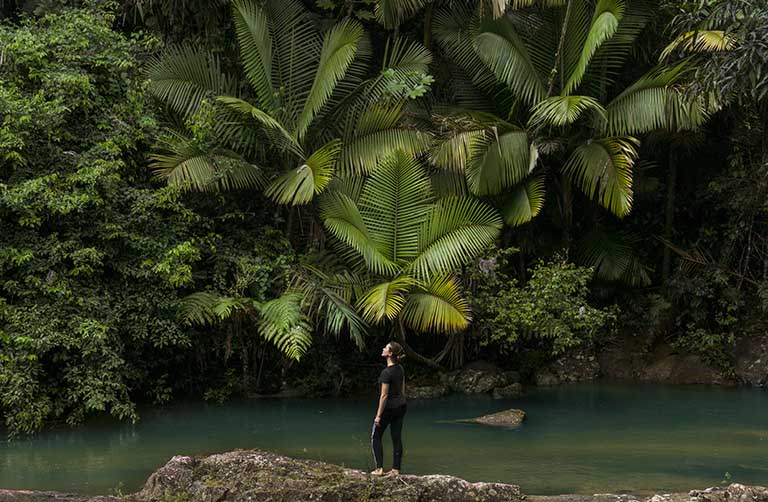Save the Sea Turtles: Conservation Tips for Travelers
We all want to help these amazing creatures thrive, but go about it the right way to really make a difference. Lexie Beach of The Sea Turtle Conservancy offers her advice.
 Photo © Getty Images / pidjoe
Photo © Getty Images / pidjoe
Many beachfront resorts in places such as the Caribbean offer guests the opportunity to participate in sea turtle conservation programs. While this sounds like a helpful activity, it can be misleading. It’s important to ensure the program is properly managed and not harmful to the turtles. Here are some tips and things to avoid when looking for sea turtle-friendly hotels and conservation experiences.
- How does the hotel or resort conduct their turtle releases?
- Does the property have sea turtle-friendly lighting?
- Does the hotel clear all beach furniture from the beach at night?
- Does the hotel have any policies about single-use plastics?
- Video: Sea Turtle Conservation in Costa Rica
How does the hotel or resort conduct their turtle releases?
Many hotels operate turtle hatcheries and allow tourists to participate in the release of hatchlings. But hatcheries are controversial and are strongly discouraged, except as a last resort to protect nests from erosion, predation or poaching by humans. After all, sea turtles survived for millions of years without human intervention and the use of hatcheries. Resorts that allow tourists to release hatchlings (often for a fee) often do so in ways that are detrimental to turtles. When hatchlings emerge naturally from a nest, they almost always do that at night, and for good reason – they are less visible to predators.
Unfortunately, many turtle releases for tourists occur in daytime, when the turtles are extremely vulnerable to predators like birds and certain fish. Instead of participating in a hatchling release, opt for a night-time guided turtle walk, or insist that hatchlings are released at night and in large groups so they stand a better chance of survival.
Does the property have sea turtle-friendly lighting?
It was once easy for hatchlings to find the ocean after emerging from nests, because the brightest horizon on a natural beach is in the direction of the water. Now, many coasts are lined with beachfront properties that emit bright lights that cause sea turtles to disorient. How can you tell if a hotel has sea turtle-friendly lighting? In general, a good, turtle-friendly lighting fixture directs light down to the ground, shields the light source from being visible from the beach, and is outfitted with a red or amber LED light bulb.
Does the hotel clear all beach furniture from the beach at night?
Furniture left on the beach overnight can pose a great danger for nesting sea turtles that become entangled or are prevented from reaching a suitable habitat. Resorts truly committed to protecting sea turtle nesting sites will remove beach furniture (chairs, umbrellas, tents, etc.) at night or at least stack them out of the way.
Does the hotel have any policies about single-use plastics?
80% of the plastic debris in the ocean comes from land. Oceanfront properties have to be especially mindful of their plastic use because straws and other items can easily fly away from the beach and end up in the stomachs of sea turtles. The Sea Turtle Conservancy encourages restaurants and hotels to switch to paper straws, or only offer plastic straws if a customer requests one.
Video: Sea Turtle Conservation in Costa Rica
See how conservationists and volunteers from The Sea Turtle Conservancy are working to save generations of sea turtles.
Related articles
Simple and flexible travel insurance
You can buy at home or while traveling, and claim online from anywhere in the world. With 150+ adventure activities covered and 24/7 emergency assistance.
Get a quote


No Comments